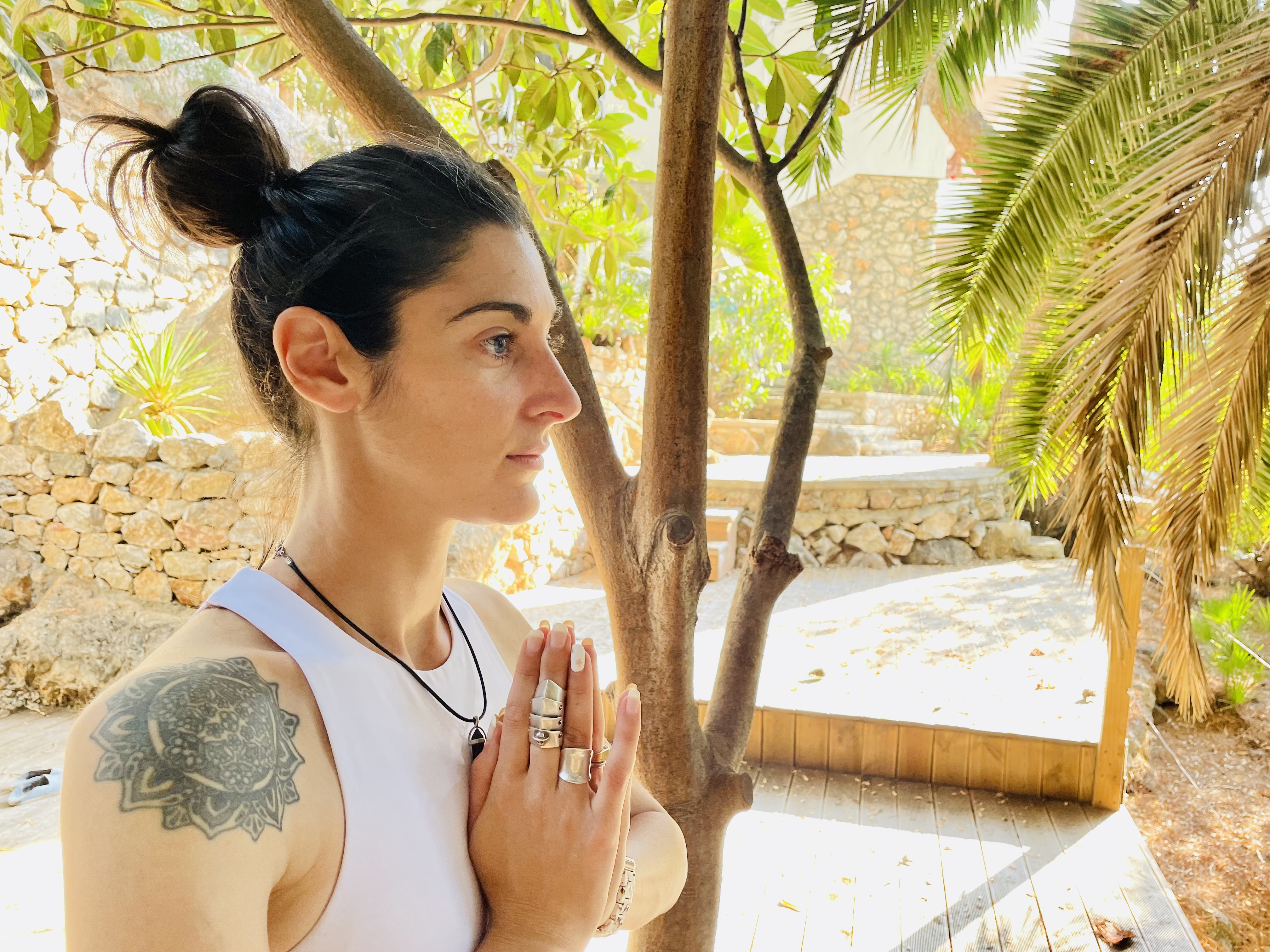
How To Deal With Restlessness During Meditation?
Among the most common issues people face while meditating, restlessness is right there at the top. And it’s quite frustrating – it took you so many months of content consumption or advice from others to finally get started with meditation and now this ghost of restlessness is compelling you to quit. Ughhh! But don’t worry, you’re not alone, it happens to most people. So how to deal with restlessness during meditation? First, let’s understand why it happens.
Understanding the restlessness during meditation
Restlessness is like a wild storm within, making it challenging to sit still and quiet the mind. Distracting thoughts, a constant movement of the legs or feet, and the temptation to speak are all signs of restlessness.
Why does restlessness occur?
There are all types of events happening around us – people cursing each other on the road, your colleagues fighting for your attention, your spouse fuming because you forgot her birthday – it’s not hard to understand that our mind finds it hard to settle down. All these thoughts seep into your body as restlessness in 2 forms when you sit to meditate.
Restlessness in mind
Your mind gets clouded with all of these thoughts forcing you to break free of the obedience of posture and concentration. It becomes hard to keep a steady mind and before you know it, a special type of thought creeps up your mind:
“I should do it some other time.”
“I need to get up and get some water before.”
Restlessness in body
This appears as the urge to move. You want to get up and change your posture or shift your weight from left leg to right. Also, you might feel a sensation or discomfort in a specific area such as an itch, muscle twitch or slight pain. And that sensation may travel from one part to another.
Experiencing all of this during your meditation practice is normal. The idea here is to honor it and not work against it. It signifies an inner longing for expansion and a quest for connection with the divine. Celebrate even the smallest moments of stillness and know they are seeds of transformation. Read my post about patience in your practice.
Ways to deal with restlessness during meditation
These practical methods will help to alleviate restlessness and keep you away from anxiety.
1. Move to the anchor
During meditation, one of the ways to not get dragged into specific thoughts is to gently anchor your attention to a focal point such as your breath, a mantra, or an image. These anchors act as steadying forces amidst the waves of restlessness. Just like a big rock in the river, they provide you with a point of focus to ground your energy. Pick one that sounds fun and appealing to you.
2. Staying away from screens before the practice
Screens emit blue light that disrupts the circadian rhythms of the body. If you’re using screens before meditating, it will over-stimulate your brain with constant activity, causing difficulty in achieving mental calm – the brain will struggle to transition from the high stimulation of screens to the stillness of meditation.
Ever been disturbed by the mental images of answering emails in your meditation? Yeah, that’s the role of the screens:p
3. Movement meditation
This is another effective way of overcoming restlessness while meditating. A movement-based meditation practice will aid you in honoring the restless nature of your body rather than working against it. Engage in mindful walking, yoga, or movement of arms. These movements allow your body to partner with the waves of restlessness while helping you remain present in the moment.
4. Connect to the breath
Focus on your breath as a focal point and allow the rhythm of your breath to guide you into a state of calm and centeredness. Our breath is one of the most underrated elements of our being; use it to your advantage. With deeper breath cycles, you almost effortlessly let go of some of that restlessness and find peace in the present moment.
Here’s an effective practice: Imagine that you’re collecting all your stress in the form of a ball when you BREATHE IN and channeling it out of your body slowly when you BREATHE OUT.
5. Prepare for a few minutes before meditating
This will help to minimize the distractions. Find a quiet and slightly windy place, wear light clothes, take off all sorts of jewelry (and watch), keep the mobile away from you, and put children or pets in another room. Honor the practice and nature will honor you with calmness in return.
6. Commit to a routine
Ah, this technique of minimizing restlessness during meditation never gets old. Discipline in any habit enhances its effectiveness and longevity; meditation should just become another of your habits (it’s a great one, I must add). Here’s how to make it happen:
· Dedicate a specific time and place to the practice. Morning is the best but you can do it at any time depending on your routine.
· Prepare for the practice e.g. take out clothes before sleep, add a reminder in your notes, and tick it once it’s executed.
· Track your progress by having a meditation journal where you note down the days of the month when you performed the practice.
7. Practice mantra meditation
Mantra meditation is a type of meditation in which you chant a sacred word or phrase repeatedly. This chant acts as a distraction for your mind and it starts focusing on the chant rather than all the thoughts that are contributing to the restlessness. An Indian meditation coach, Ranveer Allahbadia especially recommends this meditation practice for beginners.
He recommends that you chant “AUM” every time you inhale and exhale while doing it.
- Chant “AU” or “AWWW” while you inhale (75% of the time).
- Chant “M” while you exhale (25% of the time).
Bottom line
So this was it – dealing with restlessness during meditation. Just like my other articles, I’ve tried to give you actionable ways rather than superficial chatter. Hope you enjoyed it.
Navigation
© 2025 Harmonic Odyssey by Amandine LRH - A Greener Life LLC, All Rights Reserved.








